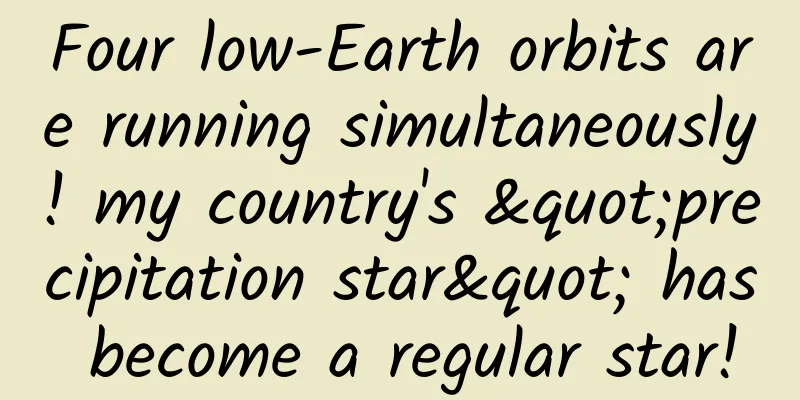Effects and functions of dried sandalwood leaves

|
Modern medical research believes that dried sandalwood leaves contain many nutrients that are beneficial to the human body. As a traditional Chinese medicine, the efficacy and function of dried sandalwood leaves have been widely recognized. Let's take a look at its specific situation. [Source] Medicinal material source: The leaves of the plant sandalwood family. [Original form] 1. Shrub or small tree, 2-5m high. The branches are slender and triangular in shape when young. The leaves are thin leathery, gray-green, elliptic-lanceolate or elliptic-obovate, 2.5-6cm long, 0.6-2cm wide, pointed at the apex with a short tip, gradually narrowing at the base and extending downward to form a short petiole. Flowers are small; 2-4 male flowers are gathered in small cymes; pedicels are 4-8mm long; perianth is about 4mm in diameter, with 3 lobes; disk is fleshy and curved; 3 stamens, filaments are very short, and the sterile ovary is a tiny protrusion located in the center of the disk; female flowers are solitary, occasionally 4 or 3 flowers are clustered; there are 2 bracts; the top of the pedicel is swollen; the disk and stamens are like male flowers, but the stamens are sterile; bisexual flowers look like female flowers, but have developed stamens; ovules are usually 3, and the stigma is 3-lobed. The drupe is nearly spherical, with a circular disc scar at the tip, orange-yellow to red when ripe, light black when dry, and 8-10mm in diameter. The flowering period is April-May, and the fruiting period is October. [Habitat distribution] Ecological environment: 1. Growing in hillside bushes or on the edge of stone cliffs. 【Properties】 Identification: The leaves are mostly wrinkled, with gray-green to gray-brown surface. The complete one is elliptical-lanceolate or elliptical-obovate, 2.5-6cm long, 0.6-2cm wide, pointed at the tip, with a short tip, the base gradually narrows, and extends downward to form a short handle. It is brittle and easily broken. It has a fragrant smell and a slightly bitter taste. 【Chemical composition】 The leaves contain tannins. 【Nature and flavor】 Astringent; slightly bitter; cool 【Functions and indications】Removes blood stasis and relieves sore toxins. Mainly used for carbuncle, scabies, knife wound and fracture 【Usage and Dosage】 For external use: appropriate amount, crush fresh product and apply; grind into powder and sprinkle or decoct in water and wash. 【Excerpt】 Chinese Materia Medica The above is an introduction to the effects and functions of dried sandalwood leaves. If you want to eat dried sandalwood leaves, it is best to consult a Chinese medicine doctor. I hope this helps you all. |
<<: The efficacy and function of Prunella vulgaris
>>: The efficacy and function of large spatholobus
Recommend
The efficacy and function of licorice tablets
Medicine is the best choice for treating diseases...
The ancient bridge with 10 cm deep ruts was once a water and land wharf on the Grand Canal.
The plum rains have cleared, and the summer breez...
Using AI software to identify poisonous mushrooms? After AI made a mistake, a person ate amanita muscaria and almost died...
Nowadays, AI technology is being widely used in a...
What are the effects of Bai Fuling
White Poria cocos is relatively unfamiliar to peo...
Fish also lose weight? Why build a "runway" in the pond to raise fish?
Recently, a new way of raising fish has become po...
The efficacy and function of sheep's mustache grass
Chinese medicine has different effects on our bod...
Want to lose weight by eating dark chocolate? Wake up!
Audit expert: Wang Guoyi Postdoctoral fellow in N...
Food Safety | Is being a vegetarian equal to being healthy? Your body will lack these nutrients
In recent years, with the high incidence of disea...
What are the medicinal values of leeches?
Leeches are a common insect that have existed sin...
Before traveling into space, why not learn some vegetable-growing skills?
CCTV News: From entering the Chinese space statio...
Shocking! When plants are injured, they can also scream, and their voices are even louder than humans?
When we were sorting documents, we got a cut on o...
The efficacy and function of Indian Bodhi bark
Indian Bodhi bark, a traditional Chinese medicine...
Potatoes, an overlooked staple food
When it comes to potatoes, what is your first rea...
A couple died from being stung by a "human-headed bee"! How to deal with being stung during the high "bee" season in autumn?
Recently, a couple in their 80s from Nanyang, Hen...
New Year's Day train tickets are available today! Attention! The 12306 function must be activated
From 0:00 to 24:00 on December 17, 31 provinces (...









